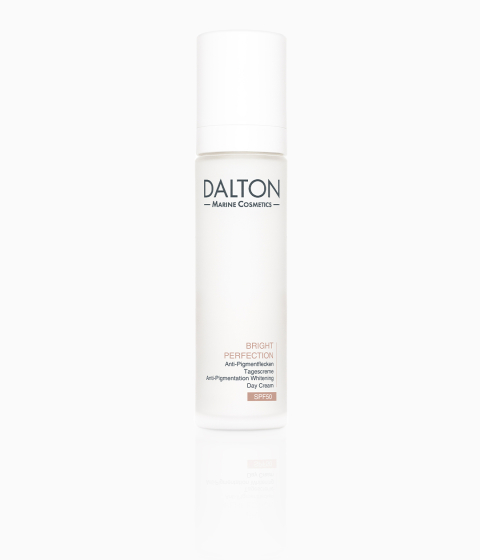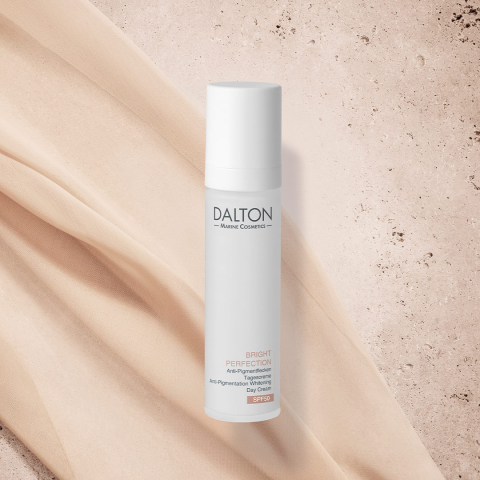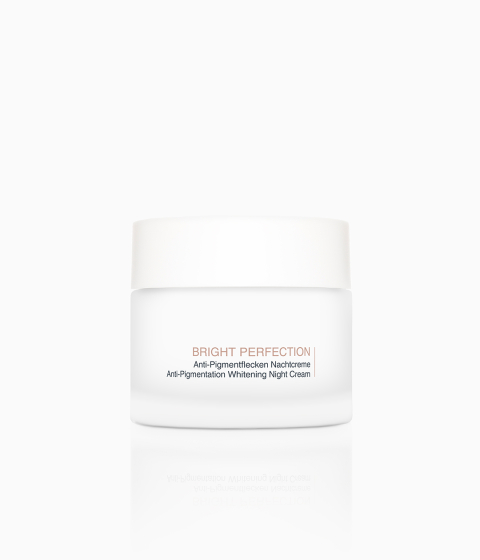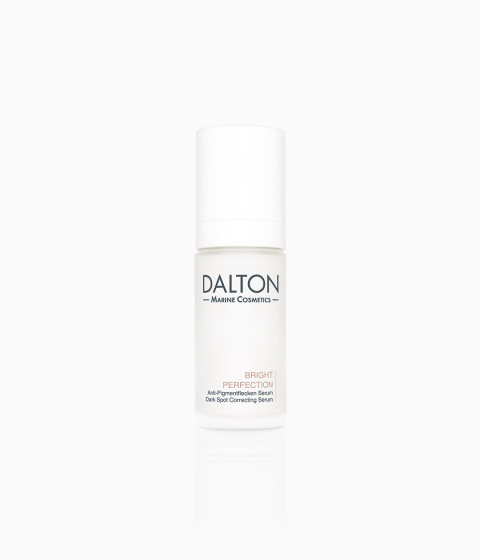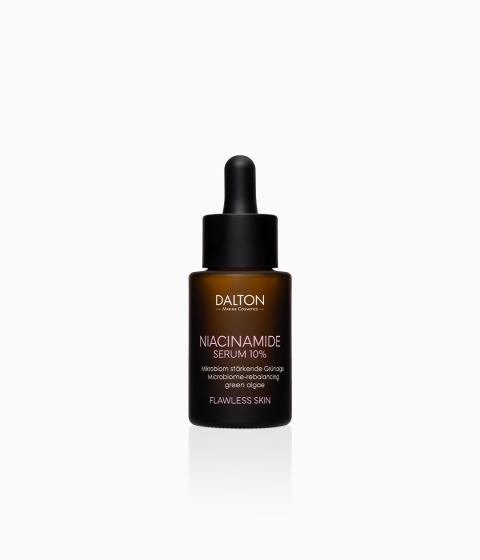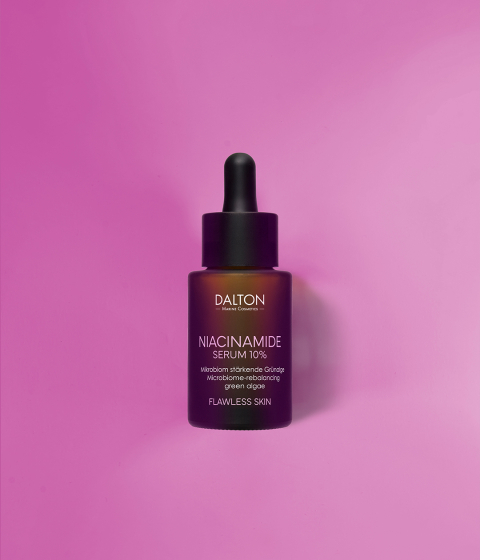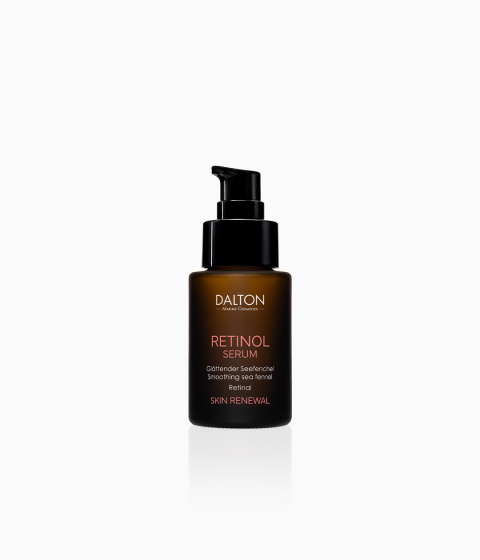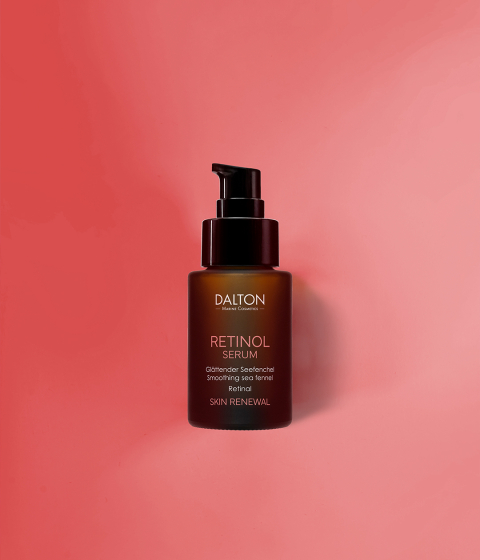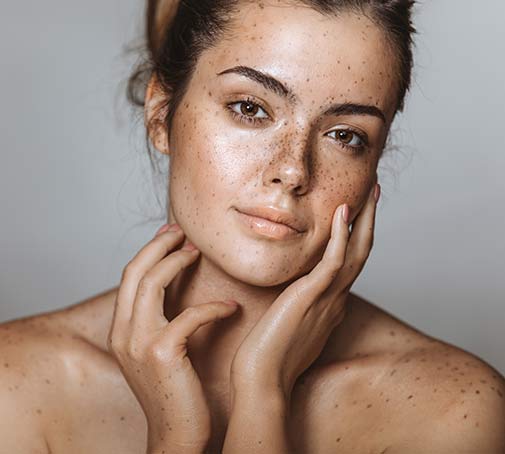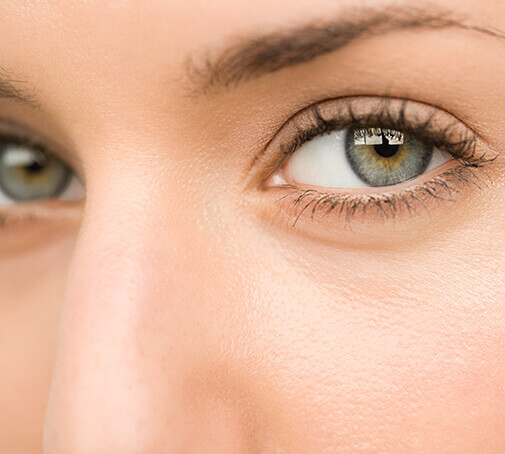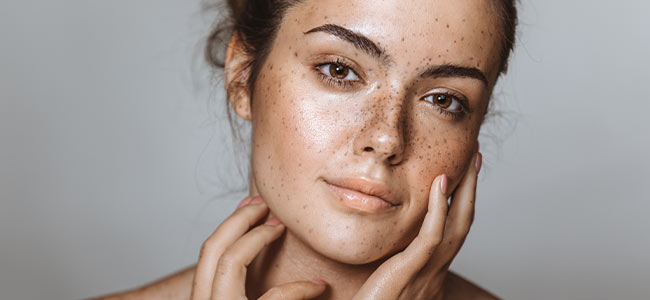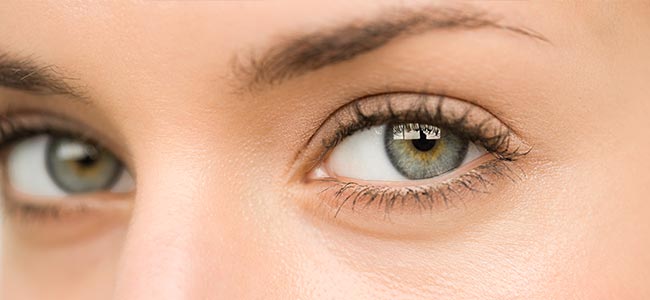
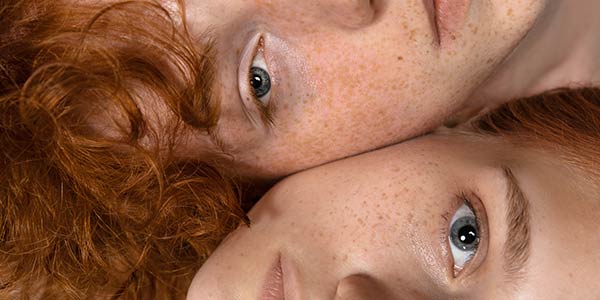
Pigmentation Disorders
What to do when your skin tone is discolored and patchy-looking? Let’s talk about what causes skin pigmentation disorders and what you can do to treat them.
All You Need to Know About Melanin and Pigmentation
SPOTLIGHTS ON for melanin! You’ve heard about the good cop/bad cop principle, right? Our skin pigment, melanin, takes a similar role. Bad cop: Melanin is responsible for giving people their skin color, but when the brown to black pigment accumulates in certain areas of the skin, it creates unsightly dark spots and an uneven skin tone. So where is the good cop? What many people don’t know is that melanin protects our skin from the damage caused by UV radiation. Melanocytes are highly specialized pigment-producing cells that occur throughout the skin. When exposed to UV rays, the melanocytes release melanin into the surrounding cells where the pigments cover the cell nucleus like a protective shield.
Hypopigmentation – Vitiligo and Albinism
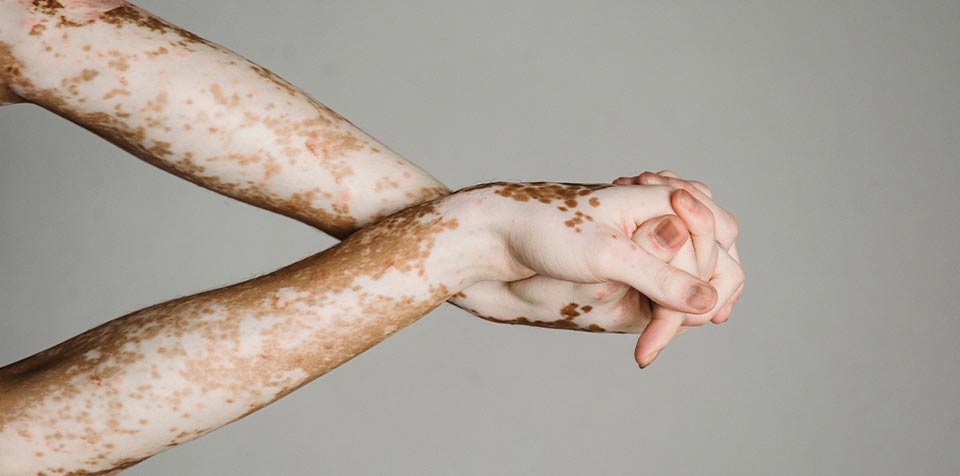



When you think about pigmentation issues, dark skin patches and dark spots like melasma are usually the first things that come to mind. However, there are also some disorders characterized by white discoloration and depigmentation. The loss of skin color is called hypopigmentation. This happens when melanin production in the skin is reduced or stops completely. The most common hypopigmentation disorder is vitiligo, an autoimmune disease which is caused by a loss of melanocytes and leads to white patches of depigmented skin. Vitiligo is neither dangerous nor contagious, but many patients find the white patches aesthetically disturbing. It is unknown what exactly causes vitiligo. What is certain is that the condition is not curable at this point in time. However, there are several dermatology treatments availabe to improve vitiligo and prevent it from progressing. These treatment options include: Certain medications, phototherapy, laser therapy and transplanting melanocytes. Since stress and sun exposure can cause vitiligo to spread, it is essential to wear sunscreen with a high SPF and reduce your stress levels as well.
When there is a complete lack of melanin in the skin, that condition is called albinism. There is a form of albinism that affects only the eyes. It reduces pigmentation of the iris and leads to extreme light sensitivity and significant problems with vision. The second form of the skin pigmentation disorder affects the eyes, hair and skin. Albino skin is very light-sensitive and cannot tan. It is highly susceptible to sunburn and has an increased risk of skin cancer. That is why it is incredibly important to implement strict sun protection measures to protect the skin from UV rays.
Hyperpigmentation: Is it all in our genes?
Yes and no. Genetic predisposition is considered one of the main causes of dark spots. Tip: If hyperpigmentation runs in your family, you should make sure to wear a sun cream with SPF 50 whenever you expose your skin to the sun. UV light and the natural aging process are major factors that contribute to skin pigment disorders. But did you know that environmental pollution can cause a number of skin conditions and pigment disorders, too? Other triggers include: Hormonal changes (pregnancy, birth control pill), injuries, blisters and skin infection or inflammation, which causes brown spots known as post-inflammatory hyperpigmentation.
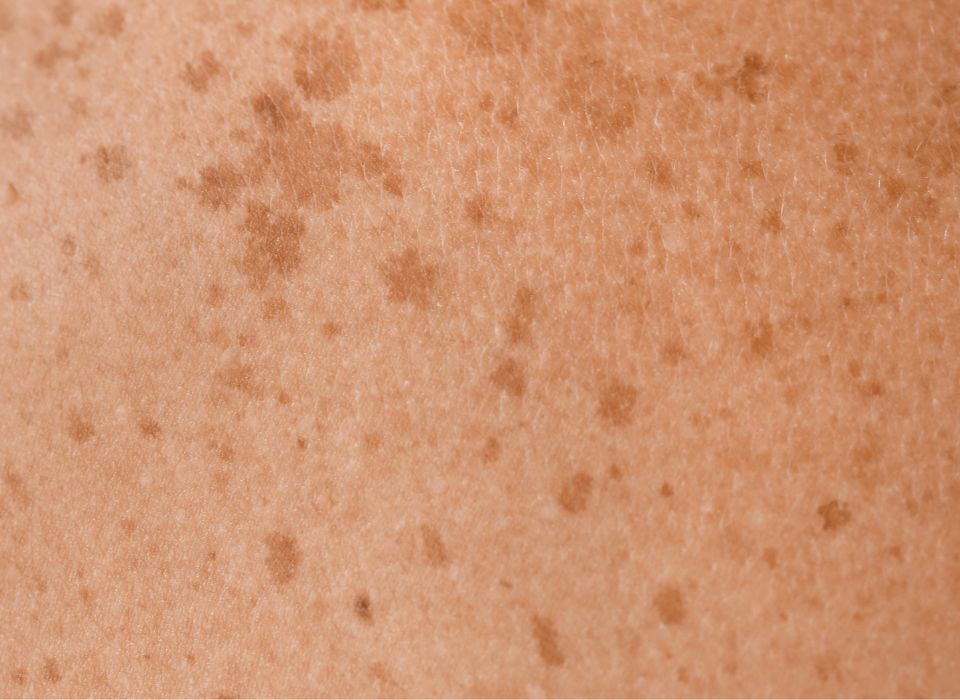



Frequently Asked Questions
Can pigment spots disappear on their own?
As a rule, dark spots will not just go away on their own. Once they adorn the skin, it takes a lot of time and patience to diminish them or get rid of them. The good news is that smalll spots or patches of discoloration can gradually fade with the right skincare regimen. Brightening ingredients like niacinamide help to make the skin tone appear more even. Chemical peels are also a great alternative to get rid of minor skin pigmentation conditions. If you suffer from a real skin disease, however, cosmetic treatment alone is not enough. This requires the help of a skin specialist or dermatologist. Better to be safe than sorry! Be sure to always protect your skin from UV-light and avoid sun exposure. This is the best way to prevent UV-related hyperpigmentation and dark spots, before treatment is even necessary.
Is hyperpigmentation dangerous?
Small pigmentary changes, age spots and freckles are typically harmless. However, if you develop new spots, moles or unusual marks, you should always have them examined by a dermatologist. Atypical moles should be carefully monitored and checked for early signs of skin cancer.
How does age affect skin pigmentation?
Our skin changes as we get older. Cell renewal slows down, the skin loses elasticity, wrinkles and pigmentation issues start to show up. Years of exposure to environmental aggressors (UV radiation, pollution) can damage the skin and make it more prone to pigmentation disorders. Moles, freckles and café-au-lait macules, on the other hand, tend to appear early in childhood.
SIMILAR POSTS
You Might Also Like

